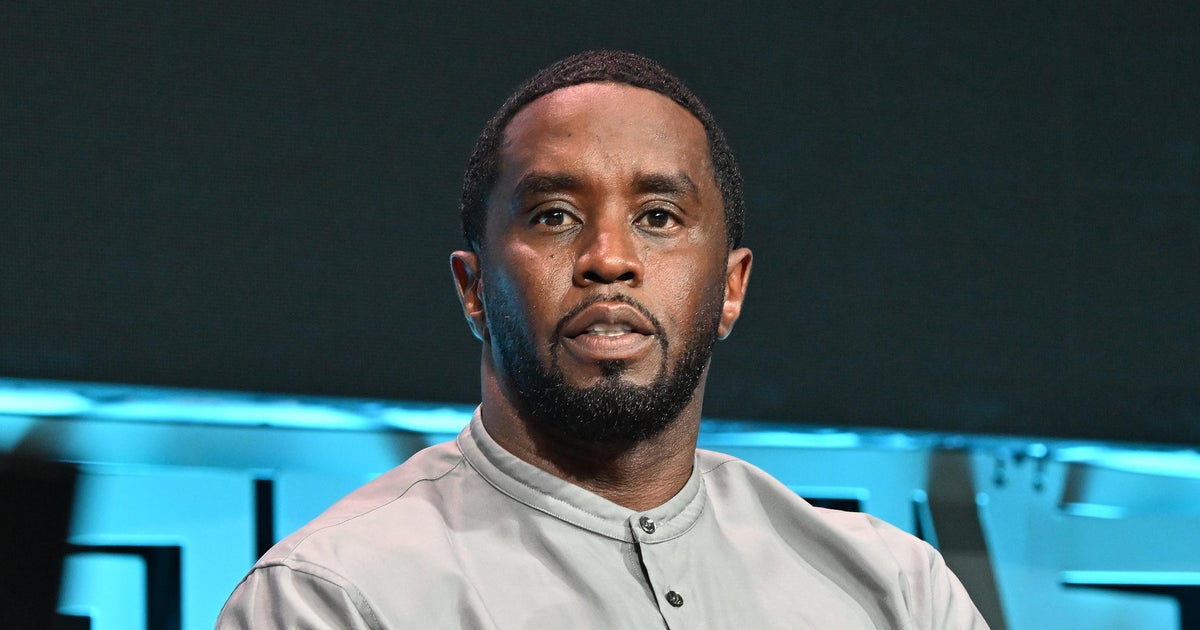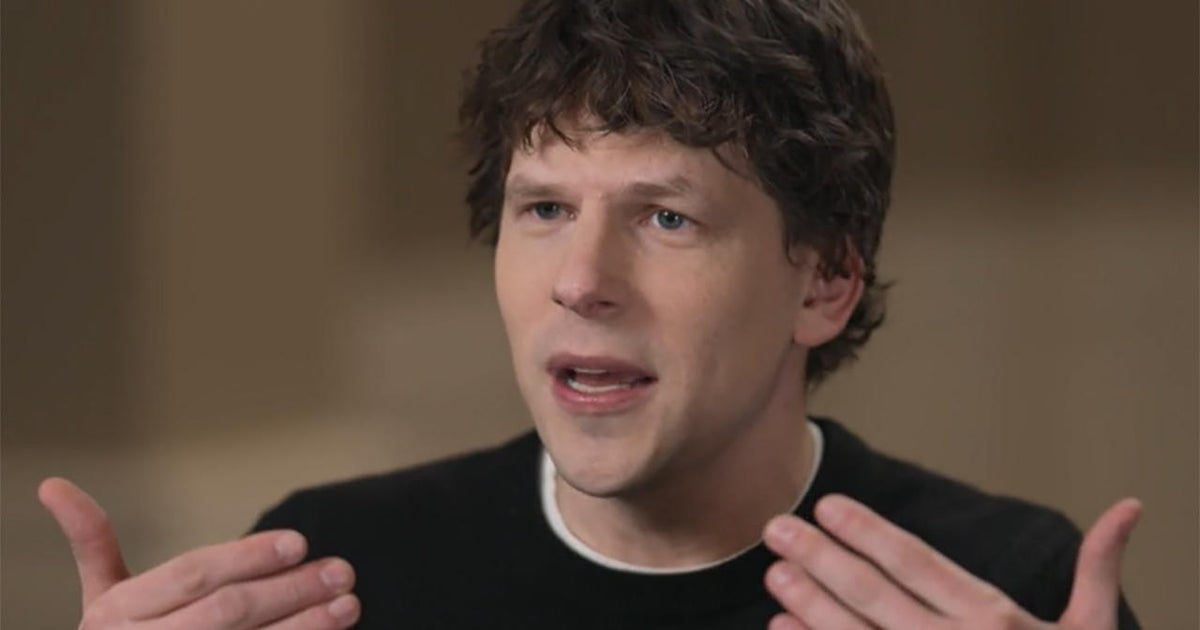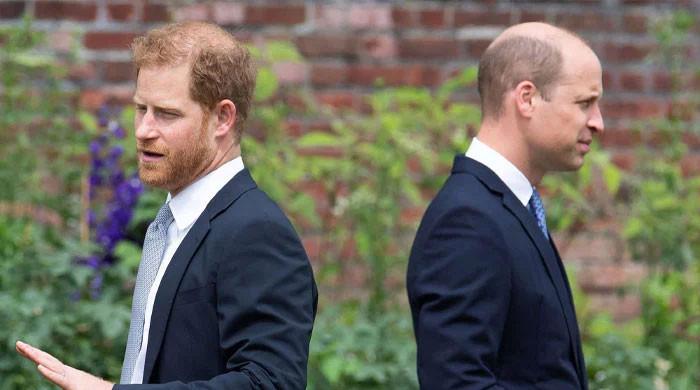Early on in Garland’s fourth movie (and, according to him, his last), a bomb explodes in New York. In the eerie silence, a hard-bitten war photographer named Lee (Kirsten Dunst) dispassionately snaps photos of the fresh corpses. Behind her, a greenhorn named Jessie (Cailee Spaeny) takes photos of Lee taking photos of the dead, and behind Jessie, of course, are Garland and his cinematographer Rob Hardy filming images of both women. There are three lens-lengths of distance between these horrors and us bystanders curious to see the collapse of the United States.
Everyone in that chain would claim they’re recording the brutality for our benefit. Lee admits she hoped ghastly images from her earlier career — a montage of executions from other wars in other countries that flips by in eerily stunning slow motion — would caution her own homeland to keep the peace. Clearly, that didn’t work. Maybe Garland naively hopes the same, which is why he’s avoided the real-world polarization behind this conflict so his gory warning will be watched by as many Americans as possible. Garland has stripped every background player of any demographic patterns of age, race, class, gender or beliefs. One fatal standoff is between two women of color who appear to be roughly the same age. There’s no telling which side would want your allegiance (and, honestly, neither deserves it). The only word we recognize, a reference to Lee’s landmark photographs of something called “the antifa massacre,” rushes past so fast that only later do we realize Garland didn’t give away whether the antifascists got slaughtered or did the slaughtering.
Garland doesn’t investigate how this war started, or how long it’s been going on, or whether it’s worth fighting. The film is, like Dunst’s Lee and her longtime colleagues Joel (Wagner Moura) and Sammy (Stephen McKinley Henderson), coldly, deliberately incurious about the combatants and the victims. As Lee says, any moral questions about them should be asked by whoever is looking at her photos, but those theoretical observers don’t factor into the film, either. (By contrast, this year’s Oscar documentary winner “20 Days in Mariupol,” also about photographers in a war zone, threw its narrative weight behind the desperation to get its powerful images out.) When we take in Dunst’s weary gaze and welded-on grimace with the same dispassion Lee gives to her own subjects, we can’t imagine the last time she let herself feel anything at all.
Yet the blinders Garland welds onto the story make it charge forward with gusto. This is a lean, cruel film about the ethics of photographing violence, a predicament any one of us could be in if we have a smartphone in our hand during a crisis. That’s also a predicament that Garland and other big-idea, big-scare directors find themselves in when they want to tell a shocker about very bad things without overly enjoying their sadistic thrills. Garland’s first three movies — “Ex Machina,” “Annihilation” and “Men” — dug into artificial intelligence, environmental collapse and sexual aggression, some more compellingly than others. In “Civil War,” any patriotic ideals about what this country once stood for never come up. The closest anyone comes to invoking democracy is a funny gag when a hotel concierge tells Lee that, given the sporadic blackouts, she has the freedom of choice between risking the elevator or climbing 10 flights of stairs.
Most of the movie is spent embedded with Lee, Jessie, Joel and Sammy as their battered white van takes a circuitous route from Manhattan to Washington. The gang races their competitors for footage of the president. Over a soundtrack of anxious punk rock, we see the cost of nabbing the money shot: the bottles of vodka, the filthy clothes worn for days on end, the growing doubts that their press badges still offer protection. Garland has an obvious arc in mind: Jessie the rookie must shed her vulnerability (which Spaeny does, masterfully), while Lee the veteran must regain hers. But it’s hard to buy Dunst’s unflappable pro needing to be dragged around by the scruff of her bulletproof vest like a mewling kitten.
Occasionally, the film plays us for a fool. The trailers have made a fuss over a line where a rifle-wielding soldier (Jesse Plemons) asks the journalists, “What kind of Americans are you?” But in context, it turns out that the brute is asking Moura’s Joel if he might be Central or South American. (“Florida,” Joel replies.) The bully is actually “just” xenophobic — a fake-out that feels like Garland is nervously changing the subject. Yet, more often, the film feels poetically, deeply true, even when it’s suggesting that humans are more apt to tear one another apart for petty grievances than over a sincere defense of some kind of principles. In one dreamlike scene, the team is attacked by sniper fire at an abandoned winter carnival. No one knows who’s shooting, a stranger in fatigues shrugs, as they duck behind plastic penguins and plaster Santa Clauses. We never will.
R. At area theaters. Contains strong violent content, bloody/disturbing images and language throughout. 109 minutes.







